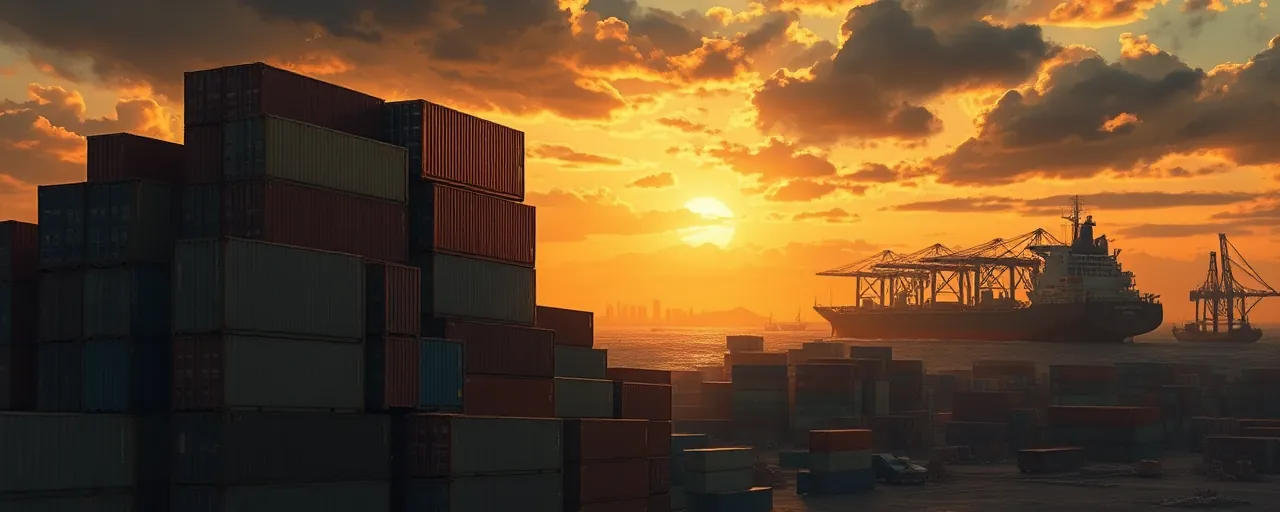A Sudden Shift in Trade Policy
The United States has rolled out a striking change in its trade stance, jacking up tariffs on goods from China to a hefty 84%. The move, announced on April 8, 2025, came straight from the White House via an executive order signed by President Donald Trump. It’s a direct jab at China’s decision just days earlier to slap a 34% tariff on all U.S. imports, set to kick in on April 10. This tit-for-tat escalation has folks wondering how far the world’s two biggest economies will push each other, and who ends up footing the bill.
Behind this lies a tangle of economic and security concerns. The White House argues the tariff hike is essential to shield American industries and counter what it calls a threat from China’s trade tactics. For everyday people, though, the real question is simpler: how will this hit their wallets? From cheap clothes to gadgets, the cost of imports could climb fast, and businesses are already scrambling to figure out what’s next.
Targeting the Small Stuff
One big twist in this policy shakeup is the crackdown on low-value imports. Until now, shipments under $800 could slip into the U.S. duty-free under what’s known as the de minimis rule. That’s gone as of May 2, 2025, with duties jumping to 90% or $75 per package, and climbing to $150 by June. The change zeroes in on e-commerce giants like Shein and Temu, which have thrived on sending cheap parcels straight to American doorsteps. Last year alone, U.S. Customs handled over 1.1 billion of these small shipments, so the scale here is massive.
Supporters of the shift say it levels the playing field for U.S. companies drowned out by a flood of low-cost foreign goods. Yet, there’s a flip side. Logistics firms are bracing for a paperwork nightmare, and consumers might soon see prices creep up on everything from socks to phone chargers. It’s a gamble that could either bolster homegrown businesses or just make life pricier for the average shopper.
A Broader Economic Ripple
This isn’t just about slapping fees on packages; it’s a full-on escalation in a trade war that’s been simmering for years. Back in 2018, the U.S. first fired tariffs at China over claims of unfair practices, like stealing tech secrets. China hit back, targeting American farmers with tariffs on soybeans and more. Fast forward to 2025, and the stakes are higher. Alongside its 34% tariff, China’s now restricting exports of rare earth materials, key for making everything from phones to fighter jets. The U.S., meanwhile, is piling on with a total tariff rate of 104% on Chinese goods when you factor in earlier measures.
The fallout’s already showing. American manufacturers reliant on Chinese parts are facing steeper costs, and that’s trickling down to consumers. Inflation, a nagging worry, could get worse. On the flip side, China’s export-heavy economy is taking a hit as its goods lose ground in the U.S. market. Some experts warn both sides could lose more than they gain, with global supply chains buckling under the strain.
Power Plays and Past Promises
President Trump’s leaning hard on executive orders to drive this agenda, tapping laws like the International Emergency Economic Powers Act for muscle. It’s a tactic he’s used before, from steel tariffs in 2018 to this latest salvo. The upside? It’s fast, sidestepping the slog of congressional debates. The catch? It’s got some lawmakers and trade watchers uneasy about one person holding so much sway over a complex web of global commerce. Historically, presidents have been handed more trade power since the 1930s, but today’s aggressive moves stand out.
Talks between the U.S. and China have sputtered since a shaky truce in 2020 fell apart. Both nations seem dug in, with the U.S. pushing to bring jobs home and China doubling down on its industrial edge. For people new to this saga, it’s less about political point-scoring and more about real-world stakes: higher bills, fewer choices, or maybe a boost for local factories. The jury’s still out on who comes out ahead.
What’s Next for Shoppers and the World
So where does this leave us? The tariff hikes and scrapped exemptions are set to reshape how goods flow into the U.S., especially from China. Businesses might pivot to suppliers closer to home, or they’ll pass costs onto buyers, meaning your next online haul could sting more. Trade experts reckon this could nudge companies to rethink supply chains entirely, though that’s no quick fix. Meanwhile, tensions with China aren’t cooling off, especially with its rare earth restrictions adding fuel to the fire.
For the curious onlooker, it’s a messy, high-stakes showdown with no clear winner yet. The U.S. wants to protect its turf, but at what cost? China’s fighting to keep its export machine humming. Caught in the middle are everyday people, from factory workers to bargain hunters, all waiting to see how this shakes out. One thing’s certain: the ripples from this trade clash won’t fade anytime soon.
